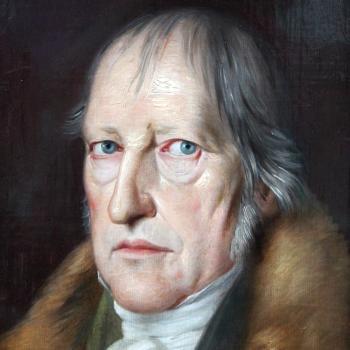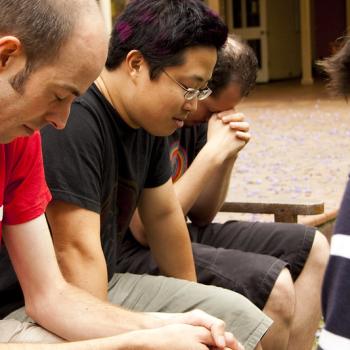We have been discussing the results of the 2023-24 Religious Landscape from Pew Research, which found that the religious decline over the last few decades seem to have leveled off. According to that study, 29% of Americans are “Nones,” having no religious affiliation, a number that has stabilized over the last few years.
The Pew data is based on a representative sample of 36,908 respondents. But now a more up-to-date survey, conducted just before and after the 2024 election, with an even bigger sample of 60,000 respondents, has even better news. According to the Cooperative Election Study from Harvard Dataverse, the number of Nones is significantly smaller and has been rapidly declining.
That link is to raw data, but Tessa Gervasini of the Catholic News Agency reports that the Harvard study found that 24% of Americans were “Nones” in 2023. One year later, in 2024, that percentage had dropped to 21%. That is to say, the number of Nones has gone down from one quarter of Americans to one fifth of Americans, from one-in-four to one-in-five.
The Pew study counted 29%, nearly a third! And yet it found fewer atheists at 5% and fewer agnostics at 6% and slightly more, 19%, who said “nothing in particular,” which would indicate no affiliation but some religious belief. The Harvard study counted 7% of Americans as atheists, 6% as agnostics, and 8% as “nothing in particular.”
Just as the decline in Christianity consists mainly of nominal believers leaving, while the more hard-core believers stay, resulting in a greater concentration of orthodoxy, the decline of the Nones means a greater concentration of atheists and agnostics, with a large percentage of “nothing in particulars” (57%, if the two studies are comparable), now identifying with a “particular” religion.
Breaking down the Nones by generation, the Harvard study found the following:
–The Silent Generation (those born between 1928 and 1945), a 2 point drop to 19%.
–Baby Boomers (1946-1964), a 4 point drop, the biggest change, from 28% to 24%.
–Generation X (1965-1980), a 3 point drop, to 31%.
–Millennials (1981–1996), unchanged, at 42%.
—Generation Z (1997-2012), the only generation in which Nones increased, from 42% to 46.
Overall, in 2019, 36% of Americans described themselves as nonreligious, even if they were affiliated with some religion. In 2024, that percentage dropped to 34%.
What can we include from all of this? A large number of young people, the 13–28 year olds of Generation Z, are ditching their religions. (There is a big difference between young adolescents, teenagers still at home, college-aged student, and twenty-somethings on their own. Lumping them all together into a single cohort doesn’t make a lot of sense. I’d like to find research breaking them down and answering the question, “At what age do young adults tend to abandon their faith?”)
That unbelief gradually decreases as one gets older. The cohorts here aren’t really comparable, since they reflect different cultural influences, but the general upward slope in religion as one gains life experiences is not surprising.
Christians have much to do, especially in evangelizing and discipling the young, but the study suggests that the decline of religion and the rise of secularism are by no means inevitable. And that many of the Nones are reachable.
Photo: No Religion, Ambigram Tattoo (reads the same rightside up and upside down), by Basile Morin (photo & ambigram) – Own work, CC BY-SA 4.0, https://commons.wikimedia.org/w/index.php?curid=87189308

















